Essay Question
what is the social art of architecture?
In answering this question, go out into your local community and find two buildings that you feel best typify the social art of architecture, one of which is no more than 10 years old. Tell us what it is about these buildings that can act as a model for future architects in creating equally successful designs.
Introduction
Celebrating the 20th Anniversary, 1998-2018
Starting with Students:
A New Era of People-centered Architecture
Benjamin Clavan, Ph.D., AIA
For the BERKELEY PRIZE Committee
During the past nineteen years, the BERKELEY PRIZE has had more than 2100 students from 69 countries participate in our various prize competitions. As one result of these efforts, the PRIZE has presented 131 awards to 126 different students. In the spring and summer of 2017, we made a special effort to reach out to those who have received awards and asked them to tell us briefly what they have been doing in their professional lives since then. Theis submittals can be viewed in their entirety on the new Student Winners: Their Professional Lives page. They comprise the actual Introduction to this year’s topic and Question. Below, are some excerpts from their reflections on their work and lives since winning a BERKELEY PRIZE competition and some thoughts about what the responses tell us. A full history of the PRIZE can be found on the newly revised History page. The archives of past competitions and other pages throughout the website also provide particularly valuable resource material for the background to this year's Question.
Since its founding as a design competition, then in its transition to an Essay Competition, through its expansion to include a Travel Fellowship competition, and across the shorter-lived Architectural Design Fellowship and Teaching Fellowship competitions, the BERKELEY PRIZE has been guided by one over-riding objective. Our goal is to discover ways to eliminate the false dualism that has emerged in architecture between social concerns and creative design, and between people-driven design and object-driven design. Architecture is more than just design. It is about people in design.
If there is one common thread to the winning students’ submittals, it is that each and every one of the students is committed to a social life, one in which other people’s needs and desires are at the forefront of what they do. A better, people-centered architecture is the design goal of the BERKELEY PRIZE. A better, people-centered, worldview is equally, if not more, important as the past winners’ responses demonstrate.
Faculty recipients of the PRIZE’s 2013 and 2014 Teaching Fellowships, who worked to develop new methodologies for teaching the social art of architecture, were particularly succinct in their analysis:
1) Good architecture and design reflects and promotes both physical and mental health, and as a prerequisite and a consequence, social health.
2) Good architecture and design is a reiterative process that must start and end with the input and acceptance of user/experts—the people who actually inhabit and use the spaces and things we design.
3) Good architecture and design requires students to be particularly sensitive to the complexity of people-centered issues that should drive the design process and results.
What is striking is how the past student PRIZE winners integrate all three of these characteristics of an evidence-based approach to design into their personal and professional lives in a variety of different ways. Here are just a few examples:
Andreea Movila, Romania, Travel Fellowship, 2015.
Since receiving the fellowship, Ms. Movila initiated a nation-wide essay competition in her country called the “Architecture of Alterity.” (Alterity: “Otherness”) Now entering its third year, the competition is directed at architecture students throughout Romania and focuses on architectural responses to social problems in the country. She credits the BERKELEY PRIZE for giving her this idea.
My (2015 PRIZE Essay) answered the theme of "Architects Confronting Poverty" with a case study from my country, Romania. It was not the first time I have participated in an essay competition, but the first time I approached the theme of architecture as social art, and the meeting with this field through the contest transfigured my life afterwards in an unexpected way.
Returning from the travel sponsored by the PRIZE I won, I convinced the Dean of my architecture school that a contest addressed to students of architecture from Romania referring to social problems in the country would be very necessary. He invited me to come with a proposal - regulation, jury, prizes. After a period of hard working - website, sponsorships, jury members, regulation framework etc. - in 2015 we had the first edition of the contest.
Delma Palma, United States, Travel Fellowship, 2014.
After her Fellowship and graduation Ms. Palma was hired as an architect and urban designer for the firm of Torti Gallas + Partners, which is committed to “using architectural innovation and master planning to create buildings that are visually appealing and attuned to people’s needs and desires.”
I am an architect and urban designer who designs mixed-income communities in some of the most impoverished areas of the United States. At the firm where I work…my co-workers and I work with many entities, such as city housing authorities, public planning departments and private developers, to de-concentrate the poverty that was exacerbated by the way public housing was developed in the 1950s and ‘60s. Through designing mixed-income communities we help cities and neighborhoods become more resilient socially, economically, and physically.
Sophia Bannert, United Kingdom, 1st Place, Essay Competition, 2013.
In 2017 I won the Royal Society of the Arts’ (RSA) Inclusive Living Brief for my project Bee-Able. Bee-Able is a system designed to tackle inaccessibility in the city, aiming to make our cities more inclusive and accessible for everybody, via satirical design interventions, accessibility rating and way-finding technology. This was a direct result of the research undertaken for my BERKELEY PRIZE essay written in 2013.
Charles Fadem, United States, 3rd Place, Essay Competition, 2000.
I am currently the Director of Interior Design at Board & Vellum Architecture in Seattle, U.S.A., but my work focuses on experiential design, which transcends the architecture, landscape and interior design disciplines.... (Experiential and interior design) focuses most on the story of interaction with architecture on a human scale. We believe that the social activity in a space activates and completes it, and in this way, there is no question that design is a social art...More than just design, there is no more social an art than conversation. We have both a podcast called B&V Radio, as well as regular community “Night School” events, where we invite the public to join us in the discourse of design.
Aparna Ramesh, India, 3rd Place, Essay Competition, 2014.
After my graduation in May 2015, I headed off to Bangalore…where I worked as an architect with a small studio office. It was in Bangalore that a few architect friends and I had the opportunity to meet the young and enthusiastic team of Guardians of Dreams, a city NGO working passionately to improve the life outcomes of young orphans and street children. Working within the constraints of time and money while attempting to skillfully translate the NGO’s vision, and more importantly, the children’s ideas and aspirations first onto the drawing board and consequently, into a real-world, three dimensional building was the most challenging yet fulfilling task. For direction and inspiration I frequently revisited the field notes and research for my 2014 Berkeley Prize essay, ‘The Architecture of a Healthful Learning Environment.”
Nicole Graycar, United States, Travel Fellow, 2008. (PRIZE Committee member)
I am a consultant on Carnegie Mellon University’s new CMU-Africa campus in Rwanda, which aims to lead the region in technology education…. Back in Pittsburgh, I am helping Carnegie Mellon become the first anchor tenant in the largest undeveloped site within city limits. The riverfront property, once home to steel mills and currently surrounded by a depressed community, will be at the forefront of sustainability and community engagement.
Nipun Prabhakar, India, 2nd Place, Essay Competition, 2014.
In January 2017, I started working in Nepal as a consultant architect for Hunnarshala. We worked with the Tibetan refugee nuns, rebuilding their meditation houses, which fell during the earthquake of 2015…. After the project was finished, I was invited to work in Kathmandu on post-earthquake rehabilitation where Hunnarshala is working with a local organisation, Lumanti. I am currently working there, helping people with designing and building earthquake-safe houses.
Andrew Amara, Uganda, Travel Fellow, 2006. (PRIZE Committee member)
My participation in the BERKELEY PRIZE as a student opened up my eyes to the human element of what architects do: we are supposed to touch lives, and transform lives by improving access to quality spaces and shelter. It also showed me that participation from local communities yields better results in design. The realities of slums and disorganised settlements in my home towns are people in timber shacks, no access roads, poor sanitation, open sewers that flood when it rains, and a host of related socio-economic challenges…. I now run an urban development program where we engage low-income households in improving access to sustainable housing. I also lead an architecture practice where we explore innovations in our various award-winning projects across the country.
It has long been clear that obtaining a degree in architecture does not always lead to a career in designing and building physical structures. It seems that studying the social art of architecture often leads to a host of other related and equally valuable pursuits.
This is made abundantly clear by the biographies of Preeti Talwai and Nathan Koren (one of the first BERKELEY PRIZE winners), both of whom focus on different collaboration issues; and Anusha Narayanan, who with her partner now runs a marketing company.
Preeti Talwai, United States, Architectural Design Fellow, 2011. (PRIZE Committee member and 2018 PRIZE Juror)
I am currently working as a User Experience Researcher at X (formerly Google[x]), the innovation lab of Google. I conduct qualitative human-centered research that helps vet futuristic ideas and determines which are worth pursuing. I study human needs, attitudes, motivations, and behaviors across different domains and ecosystems.
The core values of the social art of architecture—in which the BERKELEY PRIZE catalyzed my interest—have been central to my work after college…At X I am the only researcher with an architectural background. I bring a deep investment in conducting physically contextualized research and investigating human-environment relationships, with a belief that all technologies must be understood within socio-spatial ecosystems.
The critical perspective, empathy and humanism, and conviction in socially-engaged and purposeful design drive my work every day. To me the most exciting thing about the social art of architecture is its universal significance to almost any discipline, while the biggest challenge is a lack of awareness. I hope that by continuing to work in non-architectural fields, I am able to open industry minds to social and environmental questions, and help shape more humanistic and socially driven approaches towards building things for people.
Nathan Koren, United States/United Kingdom, 1st Place, Essay Competition, 2000
I’m less interested in architecture as a social art, and more interested in society as an architectural art. Before architecture school, my thinking was shaped by architects and planners with diverse but compelling narratives for how societies and their environment reciprocally shape each other.... But (for me) practicing architecture offered few ways to put this sensibility into action….
I quit architecture, moved to the UK, got an MBA, and joined a company that develops autonomous vehicles. After half a decade working as their liaison to urban planners and policymakers, I (realized) that aligning all the interests to create true infrastructural change was a fundamentally collaborative activity—that is, a social process—but the tools people used were too isolating and individualistic, inhibiting innovation.
I therefore founded two software companies, both focused on different collaboration problems: Futurescaper, a collaborative foresight system that is now used by the United Nations to map out contentious and subjective issues amongst many people, and Podaris, a cloud-collaboration platform for transport planners. My hope is that these technologies will allow a greater number of collaborators to shape their futures and their environments.
Anusha Narayanan, India, Architectural Design Fellow, 2008, (PRIZE Committee member)
We are consultants and project planners for events, and marketing and brand communications. On a daily basis we work with small and nimble, and big and traditional businesses. We have designed magazines, produced branding and event collaterals, curated content for conferences, run editorial platforms and consulted with brands on strategy and content. We have also designed digital solutions for brands, which involves wire-framing, designing back-ends and front-ends, liaising with programmers, and dealing with tech and data on a daily basis. Perhaps that sounds like a lot of words, but it involves the same things as does architecture: analyse, plan, design, collaborate, execute and make sure we leave behind a robust system be it organisational or digital, or just a workflow for teams to use in future.
****
Human-centric/Human-centered Design? People-centered Architecture? Inclusive Design? Universal Design? Design for All? Whatever you call it, good architecture— and a better architecture—starts with a deep understanding of the people who will use a building or a place. It is still difficult to believe that this sort of understanding is not more widely accepted or acknowledged throughout the architectural profession. Fortunately, there are signs that this is changing.
A growing list of architecture programs in colleges and universities from around the world sponsor socially-conscious projects outside the campus. These range from housing for the poor, to experiments in sustainable design, all the way to attempts at positing radical changes in traditional building types. These enterprises are matched in the profession by a small, but growing number of those who, as in the titles of the most widely received recent books on the subject, provide their services pro bono, and who design like they give a damn.
If they have their way - if we at the BERKELEY PRIZE have our way - what comes next in the history of architecture is a new people-centered age in design in which environment is seen first and foremost as a social construction. This architectural future, and the future of other social endeavors, will have among its leaders those who have been able to incorporate this idea into their work. We sincerely believe that the winners of the BERKELEY PRIZE competitions will continue to be at the forefront of this new era.
___________________________
Benjamin Clavan has been working to further the BERKELEY PRIZE since its inception and is responsible for the day-to-day coordination of the PRIZE and for the content development and editing of the website. See his full profile on the Committee Members page.
|
|
|
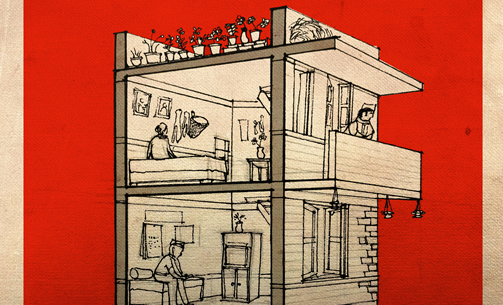 Nipun Prabhakar (BP 2014), Buddhi Bahadur’s House, Siddhipur, Kathmandu
Valley, Nepal (Undated) 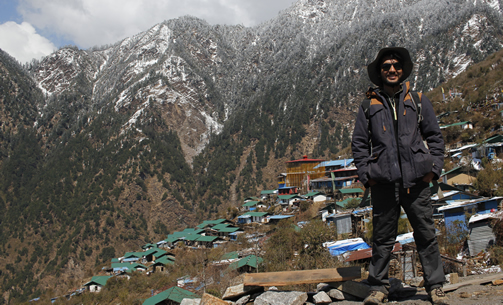 Nipun Prabhakar (BP 2014), Nunnery, Remote Himalayas, Nepal (2017) 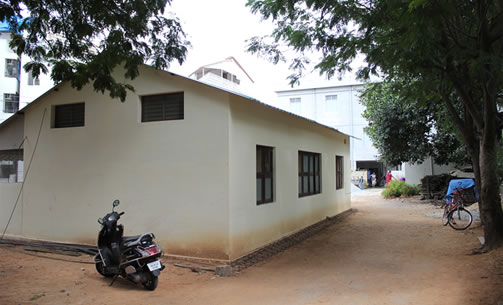 Aparna Ramesh (BP 2013), Cottage for Children, Bangalore, India (2015) 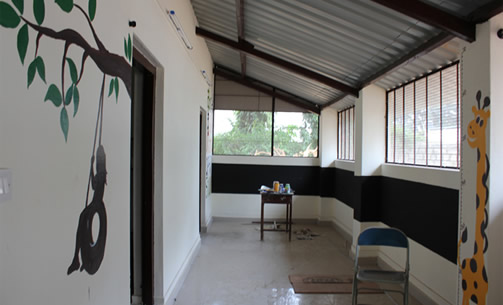 Aparna Ramesh (BP 2013), Cottage for Children, Bangalore, India (2015) 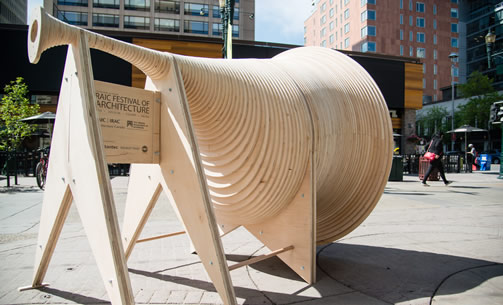 Holly Simon (BP 2011), Justin Loucks, Phil Wilson, Kevin Lo, The Public Speaker,
Calgary, Canada (2015). Photo Credit: Stenhouse Photography 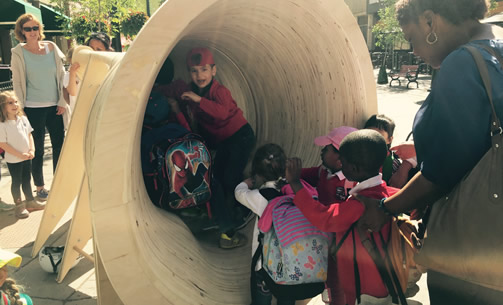 Holly Simon (BP 2011), Justin Loucks, Phil Wilson, Kevin Lo, The Public Speaker,
Calgary, Canada (2015) 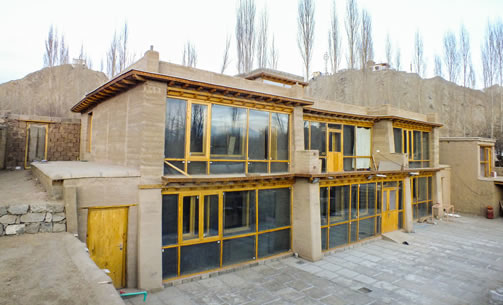 Neelakshi Joshi (BP 2009), Soso House, Ladakh, India (undated). Photo Credit: Sonam
Wangchuck 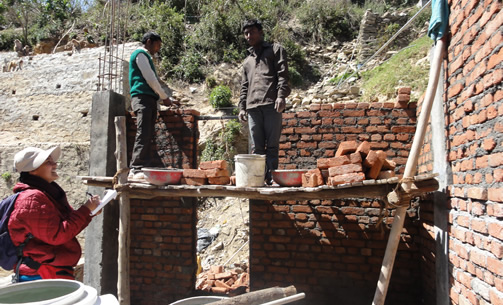 Neelakshi Joshi (BP 2009), Fieldwork at construction sites, Himalayas, India (undated) 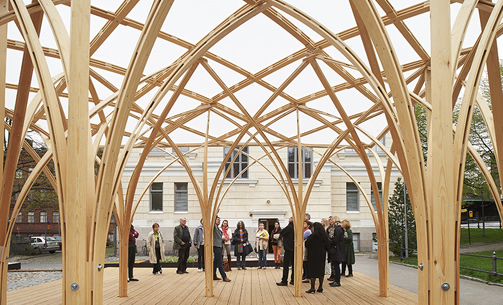 Philip Tidwell (BP 2003) and Peripheral Projects Studio, The Säie pavilion, Helsinki,
Finland (2015) 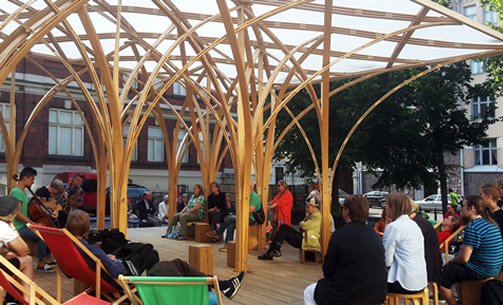 Philip Tidwell (BP 2003) and Peripheral Projects Studio, The Säie pavilion, Helsinki,
Finland (2015) 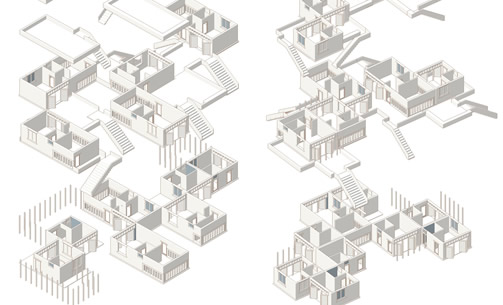 Tarun Bhasin (BP 2015), World Architecture Festival Student Charrette Entry (2016) 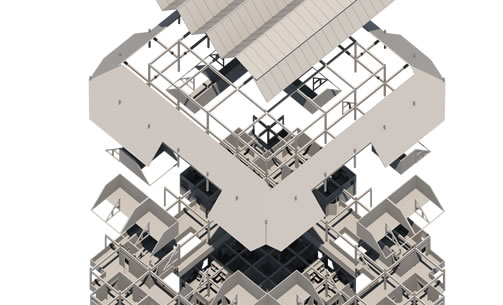 Tarun Bhasin (BP 2015), World Architecture Festival Student Charrette Entry (2016) 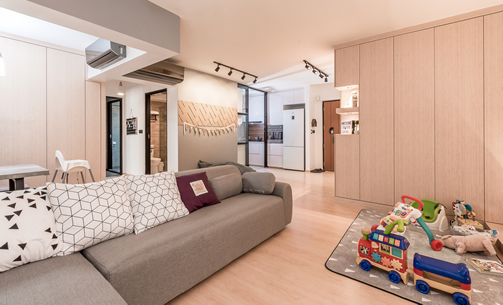 Clarence Lee (BP 2014), interior design for young couple and child, Singapore (undated) 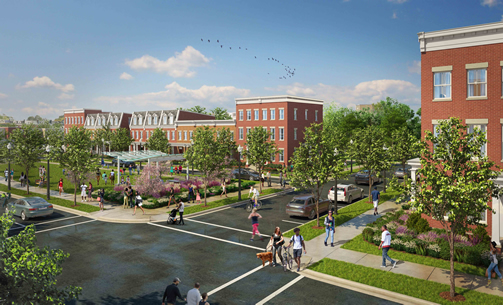 Delma Palma (BP 2014), a planned mixed-income development, Washington, D.C.,
USA (undated) 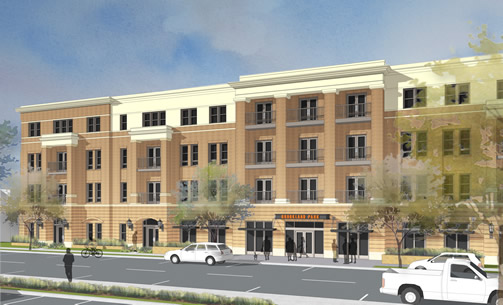 Delma Palma (BP 2014), an affordable apartment building, U.S.A. (undated) 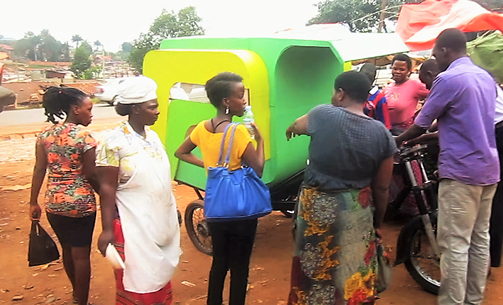 Ben Wokorach (BP 2013), Fruiti-Cycle First Prototype, Kampala, Uganda (2016) 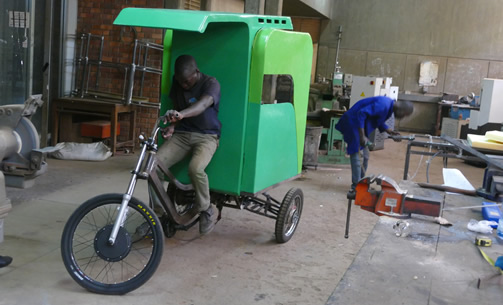 Ben Wokorach (BP 2013), Fruiti-Cycle Second Prototype, Kampala, Uganda (2016) 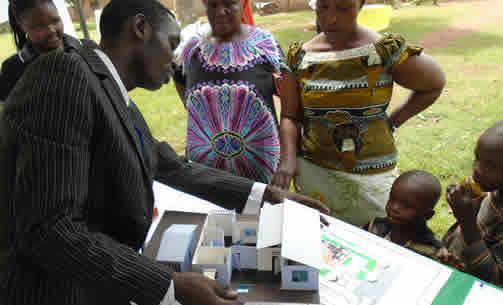 Andrew Amara (BP 2006), a workshop to engage local families in designing
affordable and sustainable shelter, Kampala, Uganda (2016) 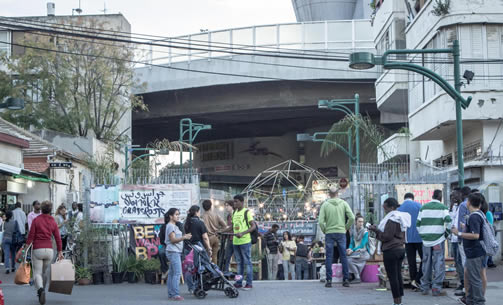 Robert Ungar (2010) and ONYA collective, a garden in a formerly abandoned entrance
to Tel-Aviv Central Bus Station, Tel-Aviv, Israel (2015) 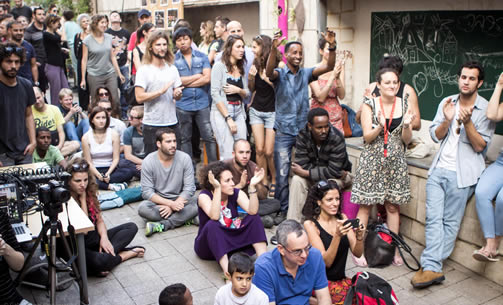 Robert Ungar (2010), Grassroots 2015, a community organized festival in ONYA
collective garden, Tel-Aviv, Israel (2015) 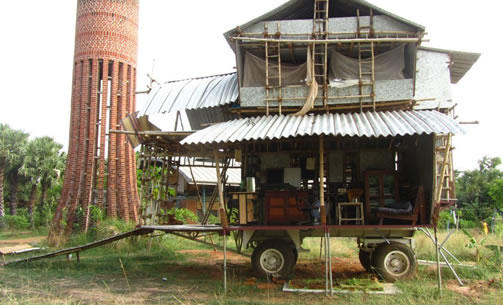 Avikal Somvanshi (2008), The Ladder House, New Delhi, India (2012)
|
|